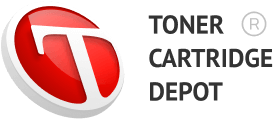The Smart Revolution in Printing: How AI and Smart Materials are Transforming the Humble Cartridge
Introduction Remember the days when a printer cartridge was simply a plastic vessel filled with ink? Those times are firmly in the rearview mirror. In 2025, the printer cartridge has undergone a remarkable evolution, transforming from a basic consumable into a sophisticated technological component that’s fundamentally changing our perception of printing. For decades, traditional ink… Continue reading The Smart Revolution in Printing: How AI and Smart Materials are Transforming the Humble Cartridge
